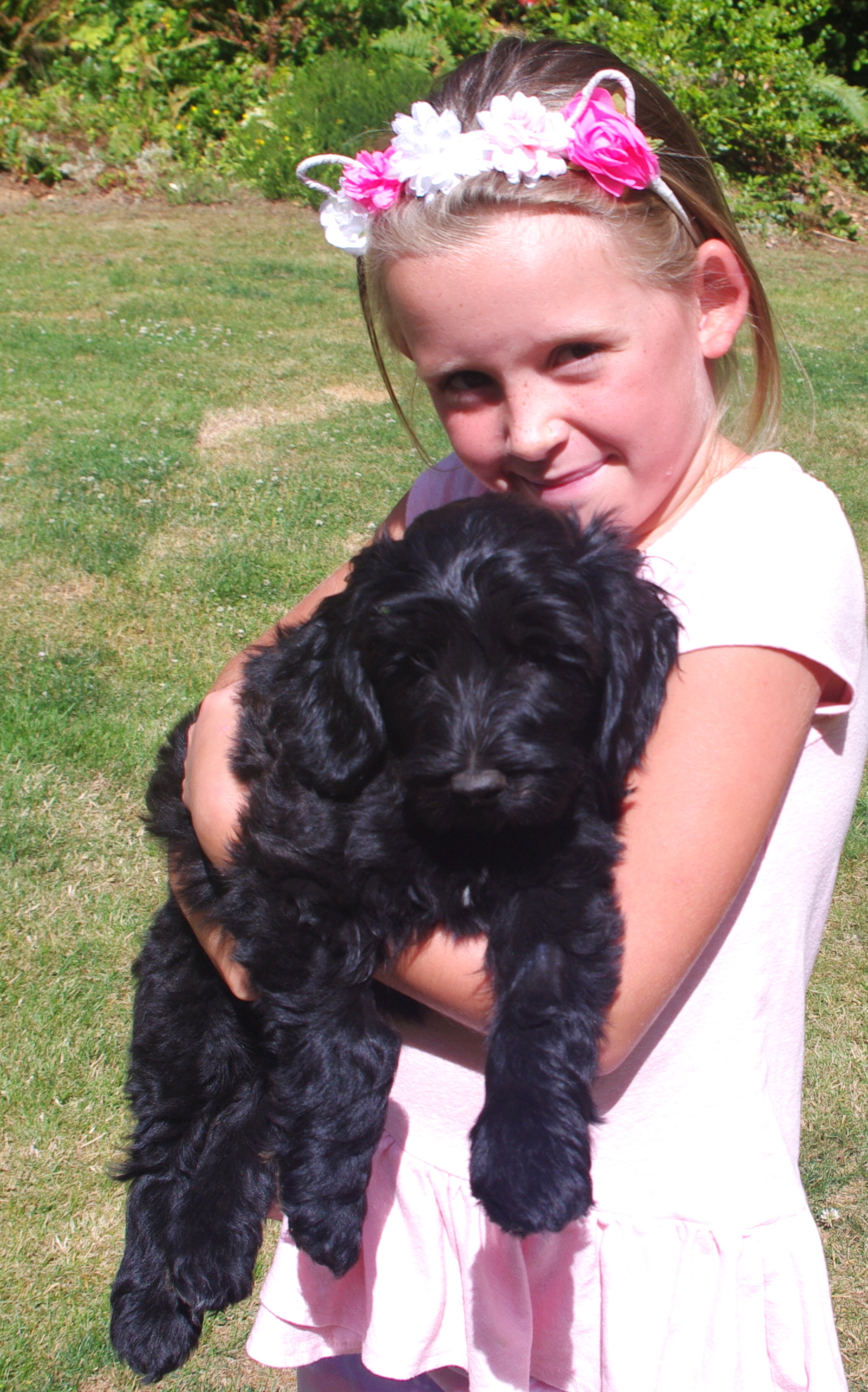Paws for Thought: 5 Things to Think About When Welcoming a Puppy Home
Awww, puppies – they’re fluffy, fun and full of love. But for every inch of cuteness, puppies are also darn hard work. They demand time, money and (above everything else) plenty of love and affection.
So there’s actually plenty to consider (and prepare) when you bring your new puppy into your home.
1. Get ready for the nipping, chewing and biting
Puppies are incredibly inquisitive nature (and by virtue of this, they also have an appetite for chewing on sofas, shoes and just about anything else that takes their fancy).
At first, they’ll explore their boundaries by chewing up your personal items right in front of you. And as they gradually begin to learn that this behavior is met with a firm “no”, they’ll move on to chewing things out of your sightline (so you’ll need to keep a beady eye on them at all times – or move things out of their reach!).
It’s important that you hop onto this behavior while they’re in the act. Dogs can’t comprehend being disciplined for things that have happened a while back (even with you pointing at a slobbered up, chewed up shoe).
You could also try dousing your items with bitter apple spray, which is odorless, but leaves an unsavory tangy taste in the mouth.
Finally, bear in mind that dogs don’t chew and bite things to be naughty. They could also be teething, and it can be a sign of hunger.
2. Puppy-safe zone your home
While your new recruit is in training, you may want to consider zoning your house off. Many new puppy owners buy baby gates and play pens, which protect certain rooms and create a safe space while they’re home alone.
3. Feed me, feed me! – How much?!
Puppy tummies are often rumbling for food . In fact, they actually need feeding as much as four times the amount as a fully-grown adult dog! But this isn’t so surprising when you consider that pups should be gaining at least one to two grams per adult pound per day.
4. Walkies!! – How often?
Pups generally require around 5 minutes of exercise per month of age until they’ve reached adulthood (at which time they’ll be able to get out and about for longer periods).
You’ll also need to bear in mind your pup’s vaccinations. Most vets don’t recommend letting your pup out until one week following their second round. But don’t worry – if they’re yet to be fully inoculated, you can still play with them and exercise them at home.
5. Goodbye, farewell – is this forever??!?!
Puppies can be notoriously prone to separation anxiety. Training is the first step to showing your dog that you WILL return. This simply involves leaving them in a safe room, saying goodbye, and waiting outside. Do not return until your pup has stopped whimpering or barking. Once they’ve calmed down, enter the room, praise them and give them a treat.
Repeat this process over and over until they know that:
There’s no need to shout and stress
You ARE coming back
It’s far better if they remain calm and collected

